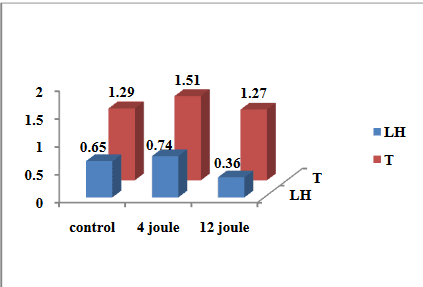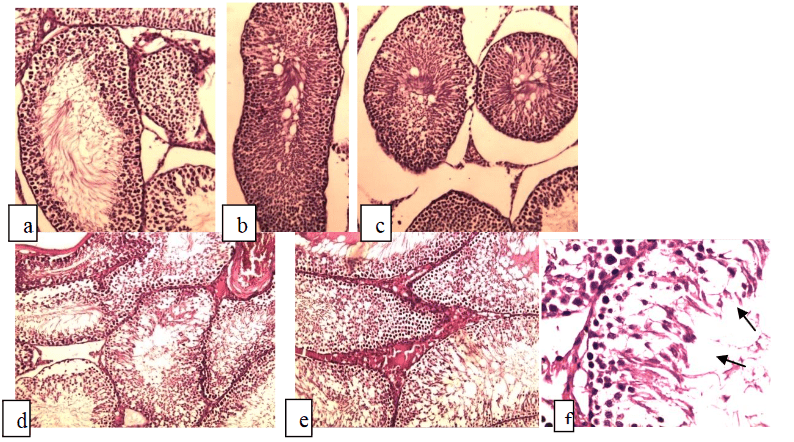sladerunner69
Member
LOL
The issue is that light turns into heat also...
So then why would heat lamps not be a concern? They produce far more heat than anything else discussed here.
Follow along with the video below to see how to install our site as a web app on your home screen.
Note: This feature may not be available in some browsers.
Click Here if you want to upgrade your account
If you were able to post but cannot do so now, send an email to admin at raypeatforum dot com and include your username and we will fix that right up for you.
LOL
The issue is that light turns into heat also...
Yup.There is a reason they hang outside the body cavity.
I thought he recommended incandescents, not infrared specifically?Would two 250w infared heat lamps cause this concern? They are what peat reccomenda himself...
Yup.
I thought he recommended incandescents, not infrared specifically?
He's used and recommended them as lights to work under. Has he seriously recommended aiming them at the nuts? That would surprise me.
I reckon he's a lot more conservative, especially with the reproductives, than quite a lot of people here.
It's true that a heat lamp will give off infrared, but the incandescent ones radiate a fair bit of visible light too - they look warm white - whereas lamps that are dedicated infrared tend to show little visible light, and that just at the red end of the visible spectrum.And I believe all heat lamps are inherently infared, because the marketed function of those are to give off heat for warmth, typically installed on a ceiling in a bathroom.
Would two 250w infared heat lamps cause this concern? They are what peat reccomenda himself...
This has been discussed before. The dose (360 J/cm) is extremely high and the wavelength is infrared, not visible light in the range of 620-670 which is what people is been using lately in the forum.
I categorically agree, that doesn't sound quite like the Good Doctor Peat.. I'm not sure what hamster was referring to when he said peat "recommended" heat lamps for use on the testicles. Actually I thought maybe he had a sardonic tone. He didn't cite an email exchange. That is why I asked him for clarification.
And I believe all heat lamps are inherently infared, because the marketed function of those are to give off heat for warmth, typically installed on a ceiling in a bathroom. Peat does recommend them though.
Would the damage be a concern if using twin 250w clear infared heat lamps as Peat recommends?
Ha!
I would use three, just to be on the safe side.
I was kidding. You got it. Pest recommmended the incandescent lights exposed to as much skin as possible during the day. I don’t think testicles were envisioned as a target tissue.
Not with the 200mW study again...
Using a 12W 660nm at a distance that supplies a ~40mW/cm2 power density, I've experienced nothing but positives when used for an average of 3-5minutes/session. Increased libido, increased ejaculate volume, and greatly reduced refractory period (when used post-orgasm) were the most noticeable. Curious to see how hormones are affected.




Histopathological examination of testis tissue stained
with H & E day at 200x magnification.
A - right testis, control.
B and C -right testis exposed to 4 joules, notice the compact seminiferous tubule walls and complete spermatogenesis.
D and E - right testis exposed to 12 joules, notice the vacuolation in seminiferous tubule walls and the congestion with thromboses in interstitial tissue.
F -magnification of seminiferous tubule wall exposed to 12 joules, notice the degeneration of spermatocytes (arrows).
Also, there's another Rat study using a 660nm 50mW laser for 10 seconds (4J/cm2) and 30 seconds (12J/cm2) per day over 5 days. Testosterone and LH were tested.
No significant changes in Test. LH lowered in 12/jcm2 group:

And damage among tissue in the 12J/cm2 group:

http://www.journalijar.com/uploads/814_IJAR-4560.pdf
For those leaning on that 200mW rat study to justify high doses of 660nm.
These are very powerful lasers, however, and damage could be from overheating. How does that explain the damage in this study when a dose 30x greater in the 200mW study had no tissue change?
now this is why I read this forum. nice scientific work:)Using a 12W 660nm LED grow light at a distance that supplies a ~40mW/cm2 power density, I've experienced nothing but positives when used for an average of 3-5minutes/session. Increased libido, increased ejaculate volume, and greatly reduced refractory period (when used post-orgasm) were the most noticeable. Curious to see how hormones are affected.
Imo with the red light mini if you start by using it close to the testicles while the bulb is not hot yet you can get away with a few minutes without heating them too much.
It's true that a heat lamp will give off infrared, but the incandescent ones radiate a fair bit of visible light too - they look warm white - whereas lamps that are dedicated infrared tend to show little visible light, and that just at the red end of the visible spectrum.
In terms of safety, I'm in favour of not overheating, and specifically protecting the balls from overheating, since they are particularly sensitive to it. But my take would be that doesn't mean the lights aren't safe for reasonable use, just not to over do it by having them too close for too long.